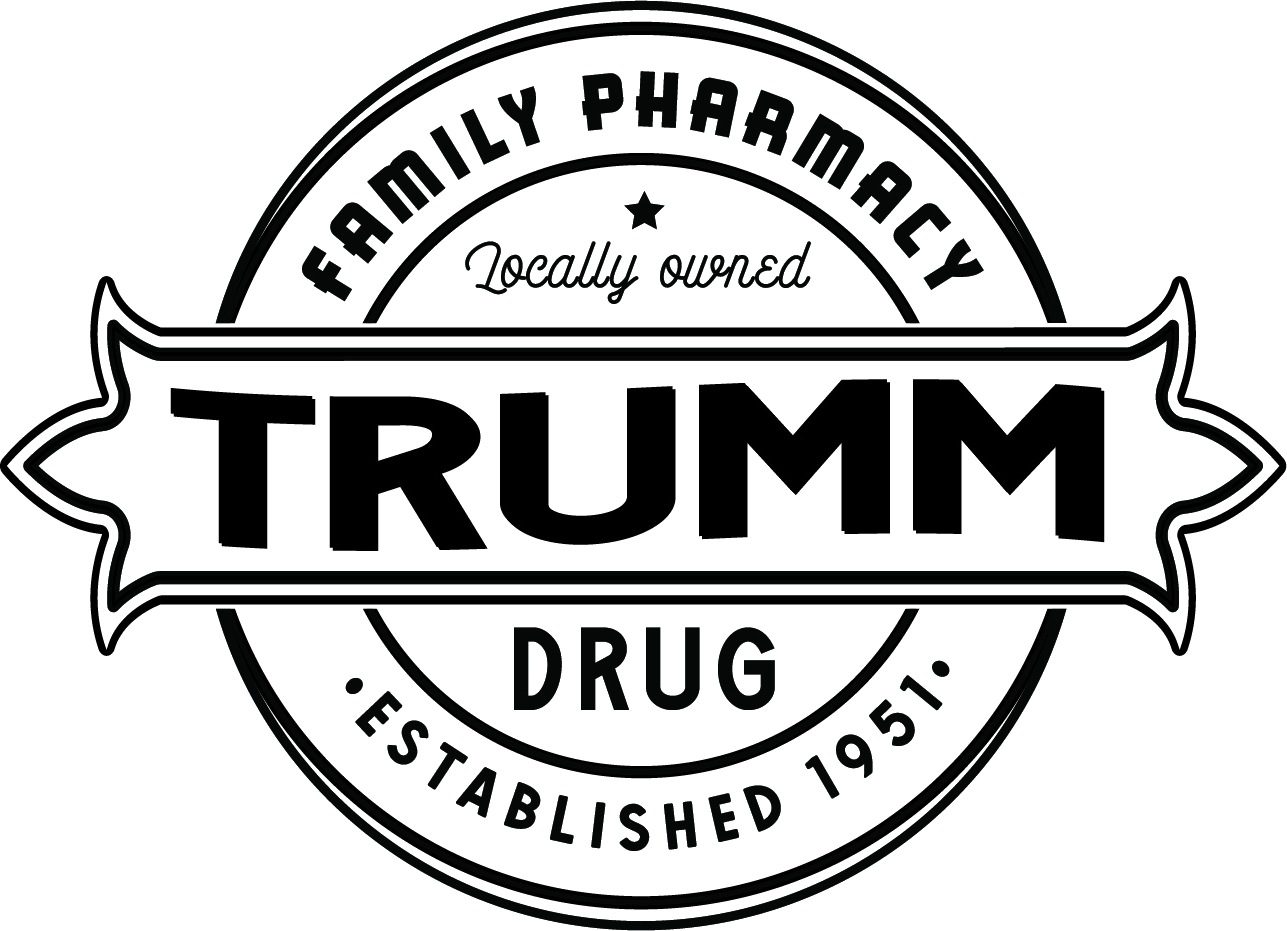January 2017 Pharmacy News
Pharmacists Rank Second Again Among Gallup’s Most Trusted Professionals
Gallup’s highly-anticipated Honesty and Ethics survey ranks pharmacists second again this year—behind only nurses—and in the top three for the 14th straight year. The annual survey measures the public’s trust of diverse professions in healthcare and beyond. “The rating that pharmacists earned in this annual Gallup survey is built on established pharmacist-patient relationships in neighborhoods throughout the nation. The takeaway for policymakers is that the pharmacist-patient relationship has tremendous potential to do even more to improve patient health and well-being, along with the overall quality and affordability of healthcare,” said NACDS President and CEO Steven C. Anderson, IOM, CAE. NACDS
Flu Season Starts to Rear Its Head
Flu season is beginning to take hold across the U.S., and national health officials are urging citizens to get a flu shot. The hardest-hit regions so far include New Jersey, New York, Puerto Rico, the Southeast and the Northwest. “We don’t know how severe the season is going to be, so there is still time to get vaccinated. And getting vaccinated is the best way to protect yourself,” said CDC epidemiologist Lynnette Brammer. HealthDay
Mylan Launches Generic Version of EpiPen
Mylan launched an authorized generic for EpiPen (epinephrine injection) in the U.S. The drug is indicated for the treatment of life-threatening allergic reactions. Mylan
Lilly, Boehringer Ingelheim Launch Lantus Insulin Biosimilar
Eli Lilly and Boehringer Ingelheim Pharmaceuticals are making Basaglar (insulin glargine injection 100 units/mL) available in the U.S., a biosimilar equivalent to the long-acting insulin Lantus. Healio
President Obama Signs 21st Century Cures Act
President Obama signed the 21st Century Cures Act into law. The bipartisan legislation provides $6.3 billion to expand medical research and speed the approval of new drugs and medical devices. UPI
One in Six U.S. Adults Takes a Psychiatric Drug
About one in six U.S. adults takes a psychiatric drug to cope with conditions like depression, anxiety or insomnia, according to a study published in JAMA Internal Medicine. Researchers found that in 2013, about 17% of adults filled one or more prescriptions for antidepressants, antipsychotics, sedatives and sleep drugs. “From a drug safety perspective, I am concerned that so many of these drugs have withdrawal effects and that some of the overwhelming long-term use may reflect drug dependence,” said study co-author Thomas Moore. HealthDay, JAMA Internal Medicine
Glenmark Launches Generic Version of Merck Cholesterol Drug
Glenmark Pharmaceuticals USA announced the U.S. launch of the generic equivalent of Merck’s cholesterol-lowering drug Zetia (ezetimibe). The launch results from a licensing partnership with Par Pharmaceutical, an Endo International affiliate. Glenmark
Iowa Set to Offer Naloxone without a Prescription
Iowa health regulators are moving forward with a program that will allow for sales of naloxone without a prescription, according to Gov. Terry Branstad. Earlier this November, the Iowa Board of Pharmacy set out rules to govern the new approach, which will require pharmacists to take an hour-long online course before dispensing the opioid overdose-reversal drug under a “standing order” prescription. Des Moines Register
CDC Finds Declines in Three of Five Preventable Causes of Death
The number of potentially preventable deaths in the U.S. decreased for three of the five leading categories from 2010 to 2014, according to the CDC. They were cancer (down 25%), stroke (11%) and heart disease (4%). However, deaths from unintentional injuries, including drug poisonings and falls, increased 23%, while the rate of deaths from chronic lower respiratory diseases (CLRD) remained essentially the same. “Fewer Americans are dying young from preventable causes of death,” said CDC Director Dr. Tom Frieden. “Tragically, deaths from overdose are increasing because of the opioid epidemic, and there are still large differences between states in all preventable causes of death, indicating that many more lives can be saved through use of prevention and treatment available today.” CDC
